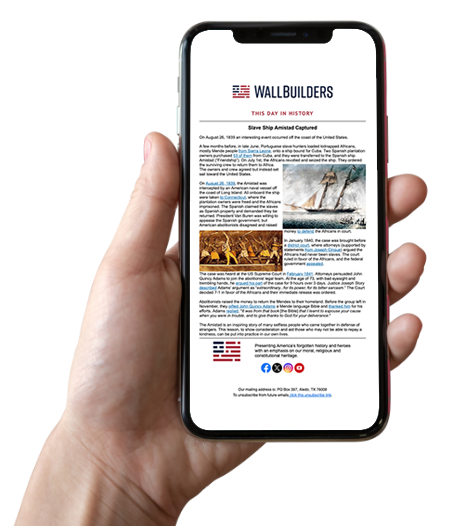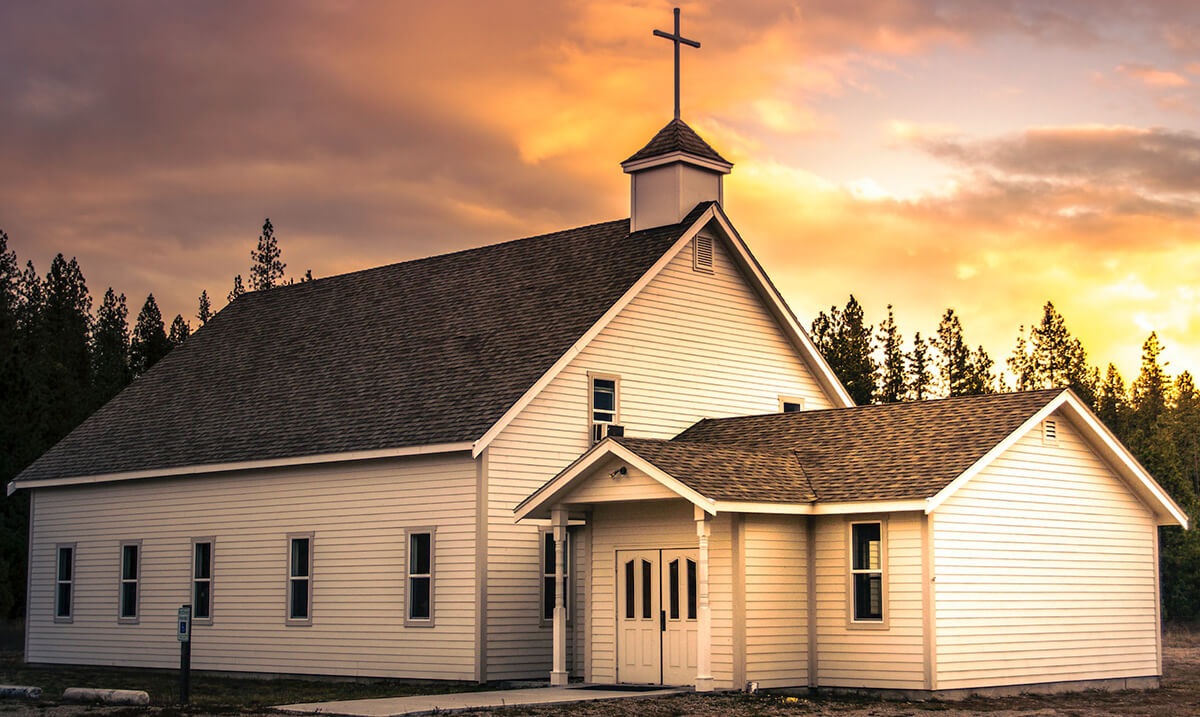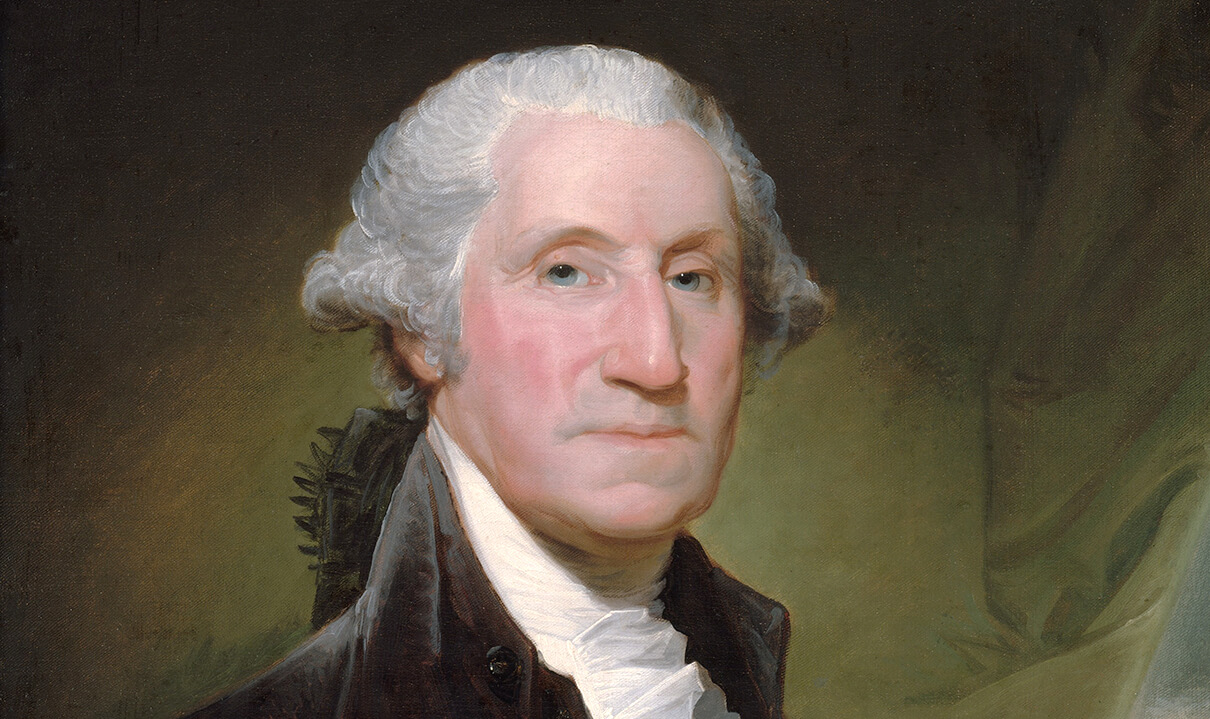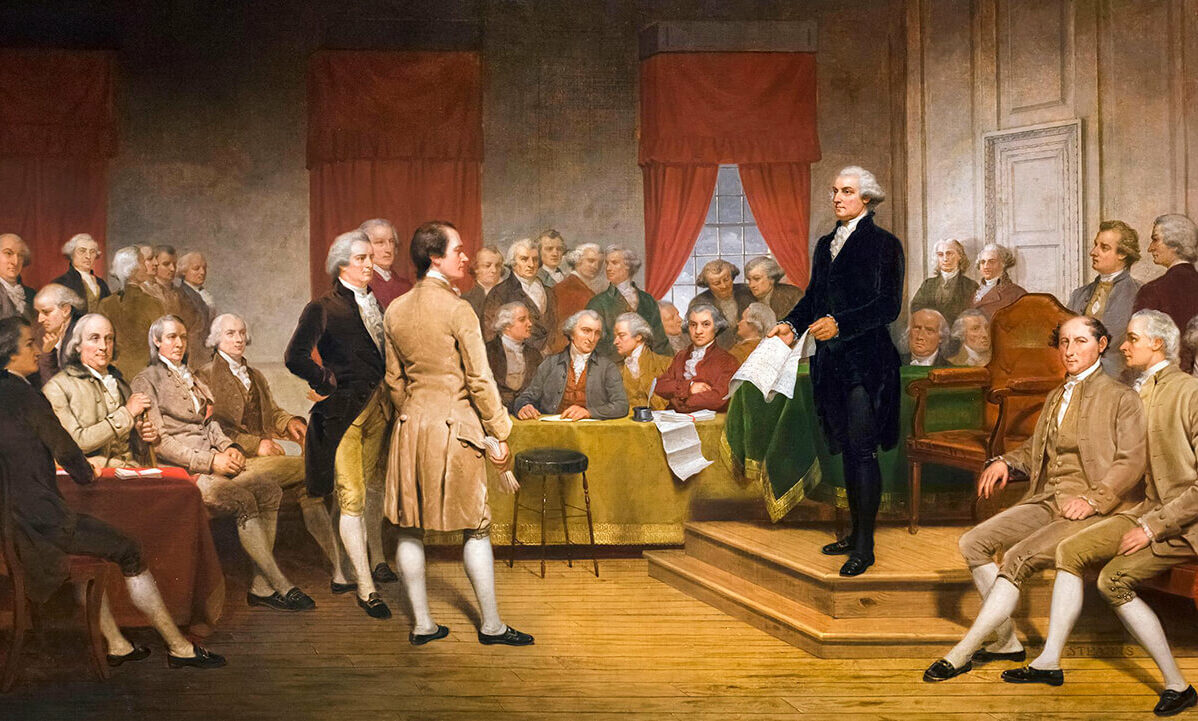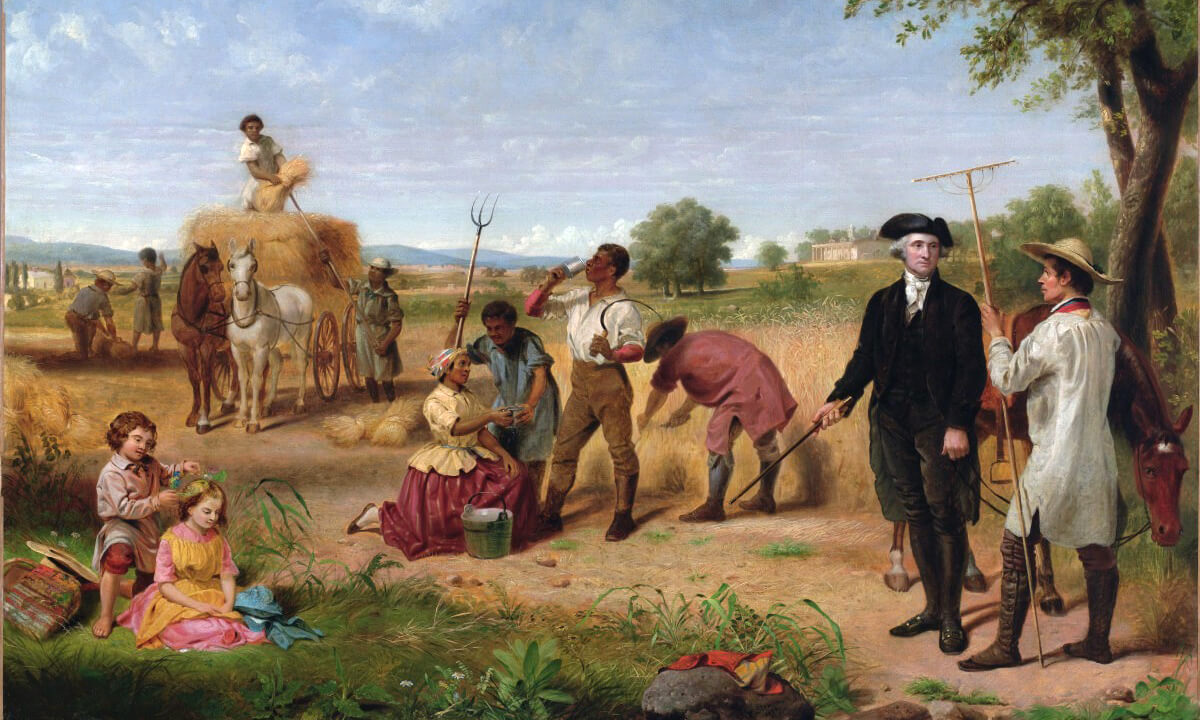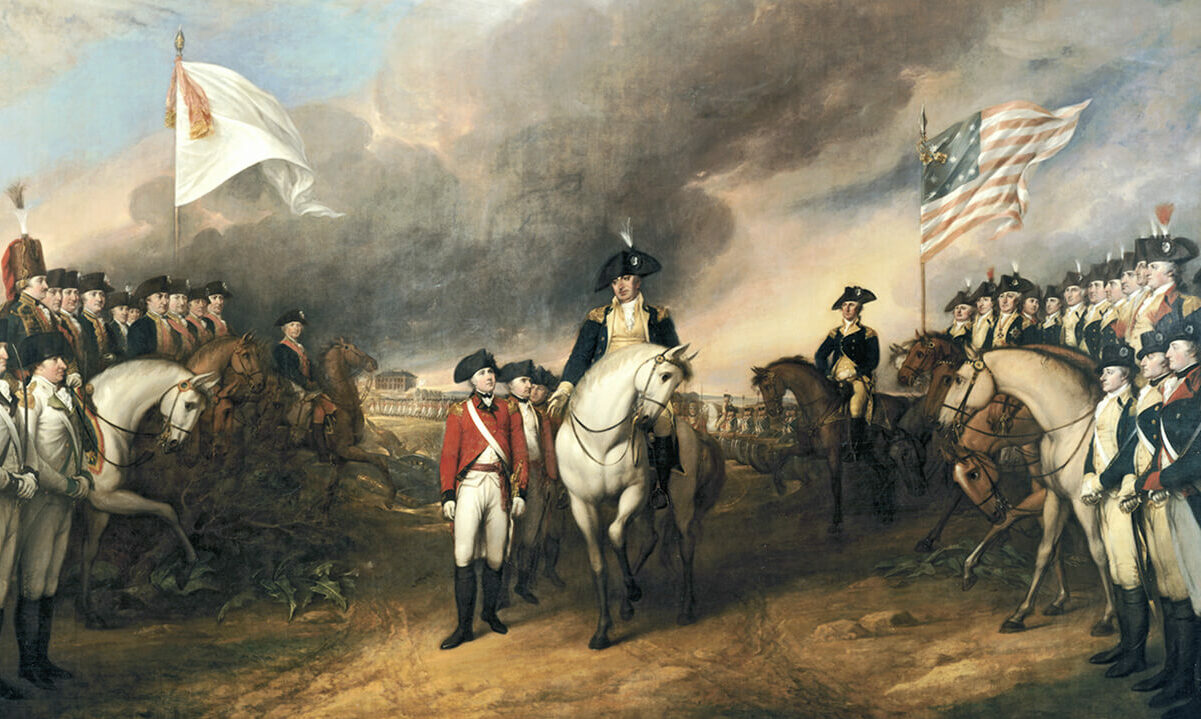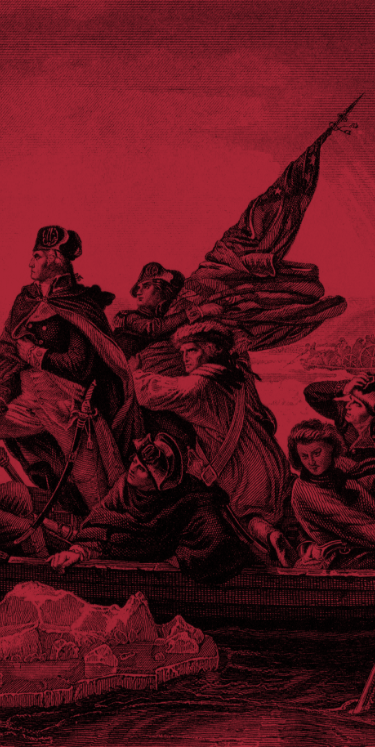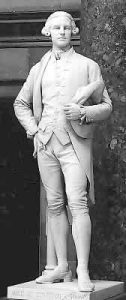 The signers of the Declaration of Independence pledged their “lives, fortunes, and sacred honor” so that they and their posterity (us!) could enjoy both spiritual and civil liberties to a degree unknown in the world at that time. That pledge literally cost many of them their lives and fortunes. Some of the 56 signers who sacrificed much include John Hancock, Robert Morris, and John Hart. Richard Stockton was another who paid a great price.
The signers of the Declaration of Independence pledged their “lives, fortunes, and sacred honor” so that they and their posterity (us!) could enjoy both spiritual and civil liberties to a degree unknown in the world at that time. That pledge literally cost many of them their lives and fortunes. Some of the 56 signers who sacrificed much include John Hancock, Robert Morris, and John Hart. Richard Stockton was another who paid a great price.
Born October 1, 1730, near Princeton, New Jersey, 1 he attended what we now know as Princeton College and became one of their trustees, having been trained as an attorney. His commitment to advance and strengthen the College brought him to the British Isles before the Revolution, where he was consulted by many British leaders as to the condition of affairs in America. 2 He was also presented to King George III, who was very impressed with Stockton. 3 Upon his return to America, he became a leader in state government and then a justice on the New Jersey Supreme Court. 4 When the king’s assault on American liberties increased, Stockton sided with the Americans and was chosen a delegate to the Continental Congress, 5 where he signed the Declaration of Independence as a representative for New Jersey. 6
Stockton was kidnapped from his home by neighbors who were Loyalists (Americans who supported the King of England). 7 He was “dragged from his bed by night, stripped and plundered of his property” 8 and “treated with the utmost rigor and indignity.” 9 He was placed in a notoriously brutal prison in the middle of winter and was denied even the basic necessities, subjected to the most cruel treatment. 10
When the Continental Congress learned of his plight, they interceded on his behalf. 11He was eventually released but never regained his health. 12 While imprisoned, Stockton’s library, papers and other property was burned or destroyed, and his farm left desolate and inoperable. 13 As a result of his cruel treatment, Stockton died on February 28, 1781, 14 never getting to experience the national freedom for which he had sacrificed so much.
Richard Stockton left us a legacy of patriotism, bravery, and of unwavering devotion to the Christian faith. 15 In fact, in his last will and testament, he pointedly set forth for his children, who at that point were being deprived of their father as a result of the cruel British treatment, the central tenets of Christianity, strongly encouraging them to embrace and follow them.
Richard Stockton is one of the forgotten heroes of American history. To learn more about him and other Founding Fathers, be sure to check out the WallBuilders store for Lives of the Signers of the Declaration of Independence.
Endnotes
1 Rev. Charles A. Goodrich, Lives of the Signers of the Declaration of Independence (Hartford: R.G.H. Huntington, 1842), 204-205. See also, Robert W. Lincoln, Lives of the Presidents of the United States; with Biographical Notices of the Signers of the Declaration of Independence (New York: William W. Reed, 1833), 393.
2 Alexander Leitch, “Stockton, Richard,” Princeton Companion (1978). See also, Carroll Judson, A Biography of the Signers of the Declaration of Independence, and of Washington and Patrick Henry (Philadelphia: J. Dobson, and Thomas, Cowperthwait & Co., 1839), 68; John C. Glynn, Jr. and Kathryn Glynn “Richard Stockton,” The Society of the Descendents of the Signers of the Declaration of Independence (2008); Goodrich, Lives of the Signers (1842), 205.
3 John Sanderson, Sanderson’s Biography of the Signers to the Declaration of Independence, ed. Robert T. Conrad (Philadelphia: Thomas, Cowperthwait & Co., 1846), 220.
4 Judson, Biography of the Signers (1839), 68. See also, Lincoln, Lives of the Presidents (1833), 393.
5 Goodrich, Lives of the Signers (1842), 207.
6 Sanderson, Sanderson’s Biography of the Signers, ed. Conrad (1846), 219-220.
7 Sanderson, Sanderson’s Biography of the Signers, ed. Conrad (1846), 222.
8 Sanderson, Sanderson’s Biography of the Signers, ed. Conrad (1846), 222.
9 Lincoln, Lives of the Presidents (1833), 393.
10 Goodrich, Lives of the Signers (1842), 207. See also, Judson, Biography of the Signers (1839), 69.
11 Sanderson, Sanderson’s Biography of the Signers , ed. Conrad (1846), 222-223. See also Judson, Biography of the Signers (1839), 69-70.
12 Lincoln, Lives of the Presidents of the United States (1833), 393. See also Goodrich, Lives of the Signers (1842), 208.
13 Judson, Biography of the Signers (1839), 70.
14 Judson, Biography of the Signers (1839), 70. See also, Sanderson, Sanderson’s Biography of the Signers, ed.Conrad (1846), 223; Lincoln, Lives of the Presidents (1833), 393; Goodrich, Lives of the Signers (1842), 208.
15 Judson, Biography of the Signers (1839), 70.
Still looking for answers? Visit our FAQ page
More Resources
Know the Truth and Protect Your Freedoms.
Still looking for answers? Visit our FAQ page
Stay Informed with the Latest Resources
Enter your email address to receive our regular newsletter, with important information and updates right in your inbox!
